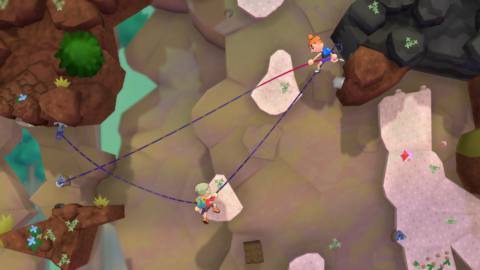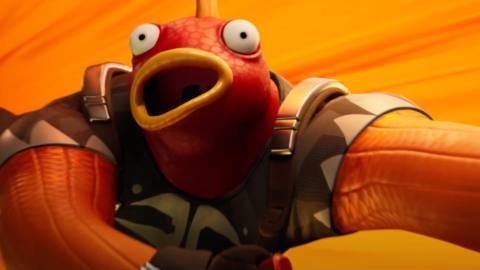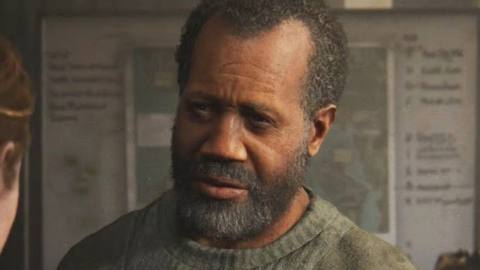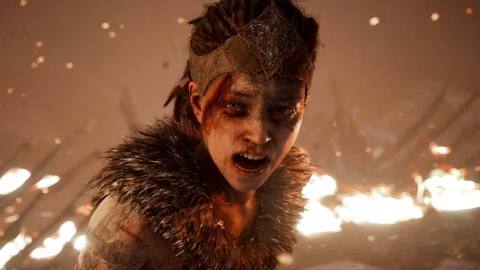
It was Digital Foundry’s John Linneman who first made me see the truth. The truth, in this case, being that Crackdown, the deliriously great open-world blaster, is not a platform game so much as it’s a climbing game. Crackdown casts you as a supercop in a city in which you can race up skyscrapers as easily as if you’re tooling down the street in a sportscar. Crackdown is all about the window-ledge grip, followed by the boost, followed by the grip and so on until you hit the troposphere. When you scan the side of a building in Crackdown’s Pacific City, you’re not really looking for platforms, but handholds.
Funny it should take me so long to realise this. I’ve always been a fan of climbing – not doing it, although I have dabbled, skill-lessly, in my youth, but following it, reading about it, dreaming about it. I have friends who are climbers and I am always full of questions. I’ve read the complete works of people like Alex Honnold and Chris Bonington. Bonington was my mum’s childhood – and adulthood – hero, incidentally. I’m named after him, and on my desk at home I have a postcard of him as a young man, wearing a dark, surprisingly formal jacket, up somewhere high, and with a thick cord of ropes over his shoulder. It’s a picture of pure adventure. What a disappointment to him I must be.
At that desk, though, I do quite a bit of climbing. I climbed through Crackdown, without realising it, and recently I climbed through Jusant. With the release of a new climbing game this week, I’ve been thinking about how it all fits together. Climbing feels, of all activities, uniquely physical to me, because it’s about rock and about hands and about clasping. It’s about connections, points of contact, cleaving to a part of the natural world and holding on tight. How do games do that?






